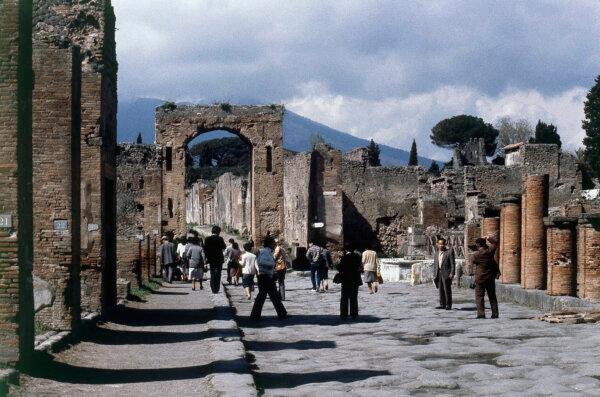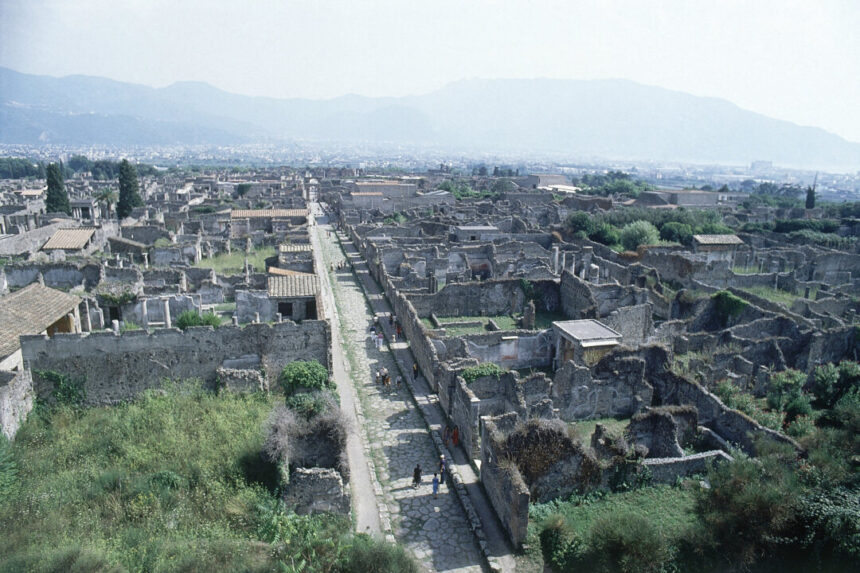When the ancient city of Pompeii was buried by a volcanic eruption, the final moments of its residents were captured in stone and preserved for centuries.
Upon observing the plaster casts made of their bodies, stories emerged—such as a mother cradling a child and two women embracing in their final moments.
However, new DNA evidence challenges these interpretations, suggesting that things may not be as they appear and highlighting the importance of viewing the ancient world through its own context.
“We were able to challenge some of the existing narratives about how these individuals were discovered in relation to each other,” said Alissa Mittnik of the Max Planck Institute for Evolutionary Anthropology. “This opens up new possibilities for understanding who these people truly were.”
Mittnik and her team’s research, published in Current Biology, revealed that the presumed mother was actually an unrelated man and one of the embracing figures was also a man, overturning previous assumptions.
Using genetic material preserved for nearly two millennia, the team studied 14 casts from Pompeii, extracting DNA from the skeletal remains within. They aimed to determine the victims’ sex, ancestry, and genetic relationships.
Surprises emerged from the “house of the golden bracelet,” where a presumed family was found. The DNA evidence confirmed that the individuals were male and unrelated, debunking the long-held narrative surrounding them.

A view of Pompeii, a buried and ruined Roman city near modern Naples in Italy, is seen in 1979. Jim Bourdier/AP Photo
Further analysis confirmed that Pompeii’s inhabitants had diverse backgrounds, primarily descending from immigrants of the eastern Mediterranean region. This highlights the cultural exchange and movement within the Roman Empire.
This study builds upon previous research from 2022, where the genome of a Pompeii victim was sequenced for the first time, showcasing the potential for retrieving ancient DNA from the remains.
“By analyzing different samples, researchers are gaining a better understanding of life in Pompeii,” said Gabriele Scorrano of the University of Rome Tor Vergata. “These genetic insights are slowly revealing how people lived in the past.”
By Laura Ungar






